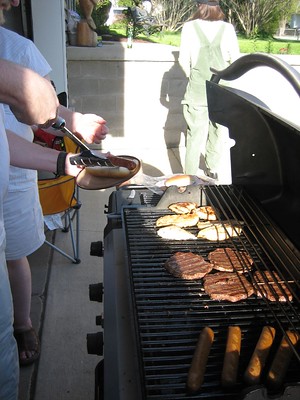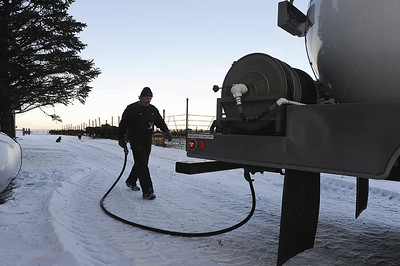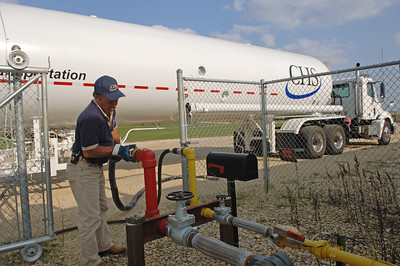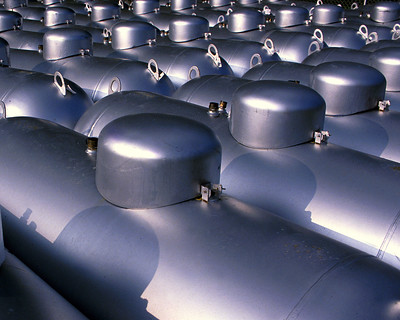Are Propane Grills Legal in NYC?
New York City Fire Department code (Fire Code §307.5.3) allows propane grills on the premises of one- or two-family dwellings, with the limitation that no more than two 20-pound LPG tanks can be stored on the premises. However, the code also stipulates that storage of LPG containers is not permitted in buildings where there are […]
Are Propane Grills Legal in NYC? Read More »










